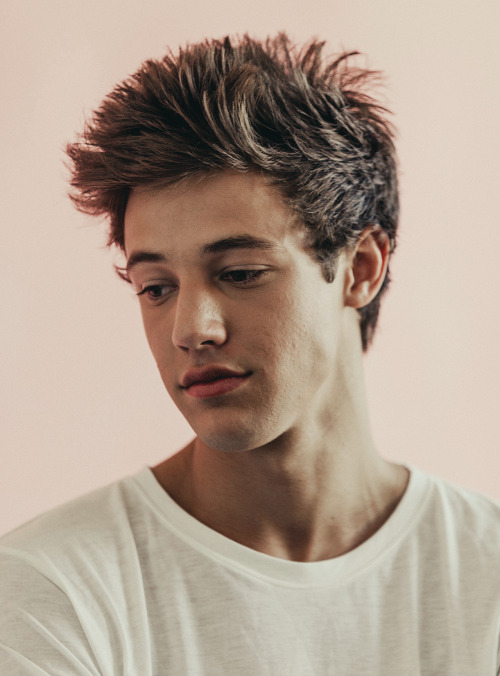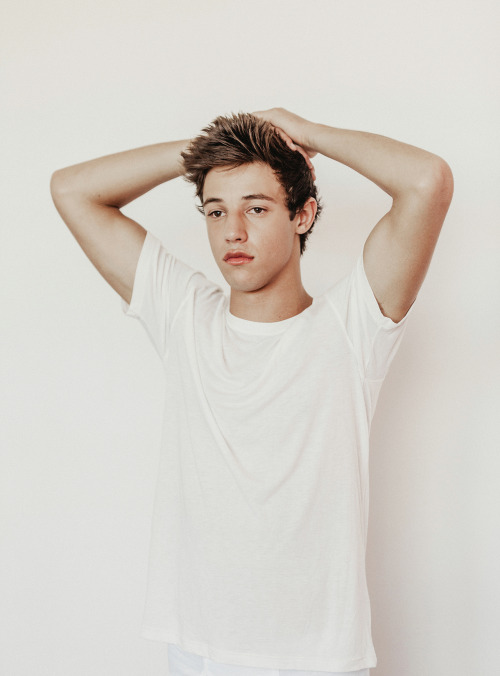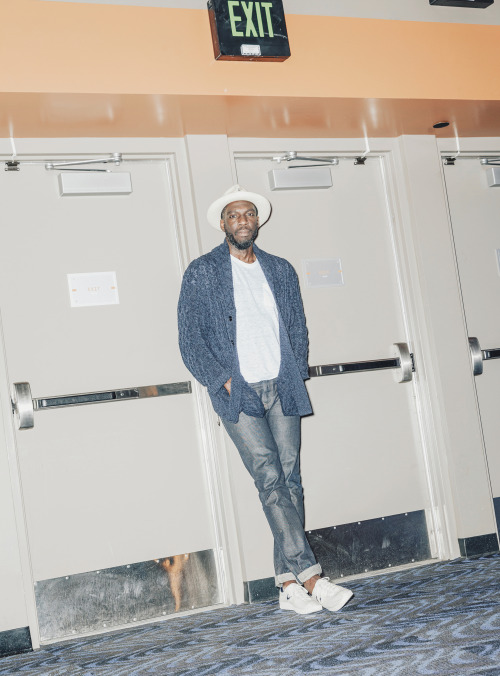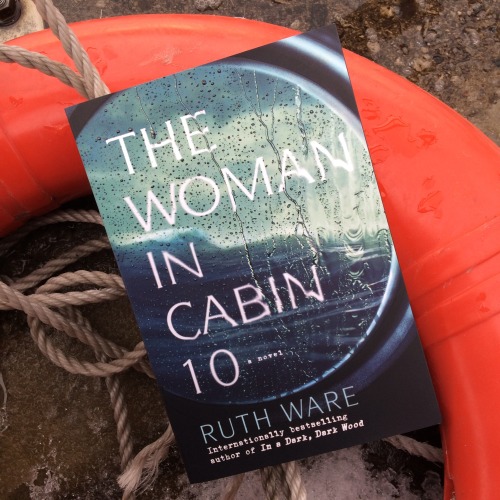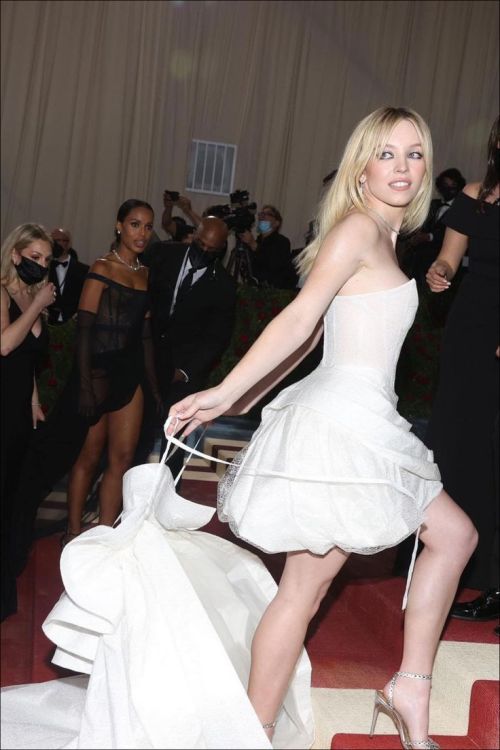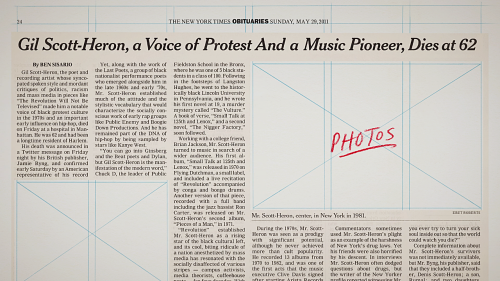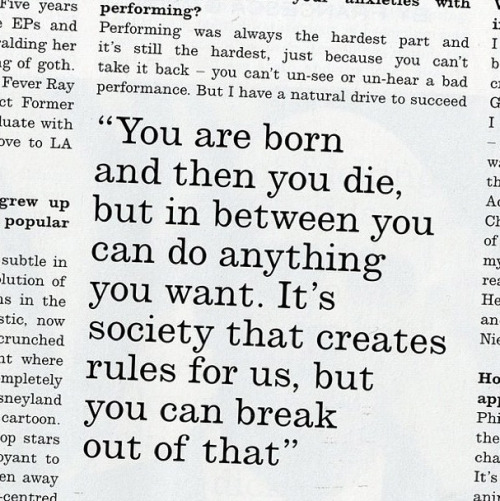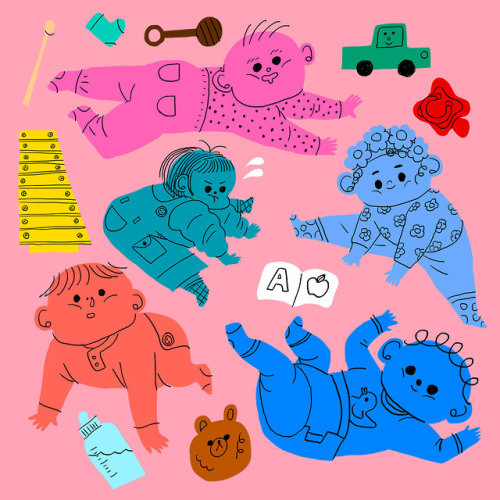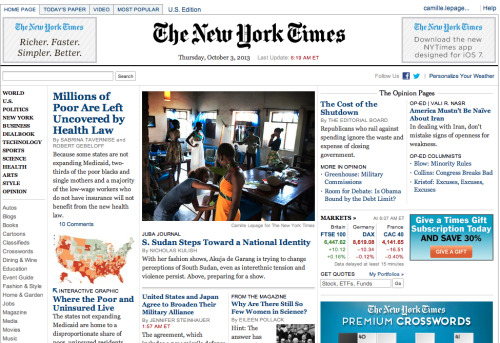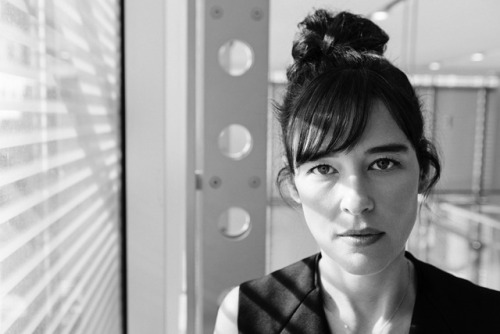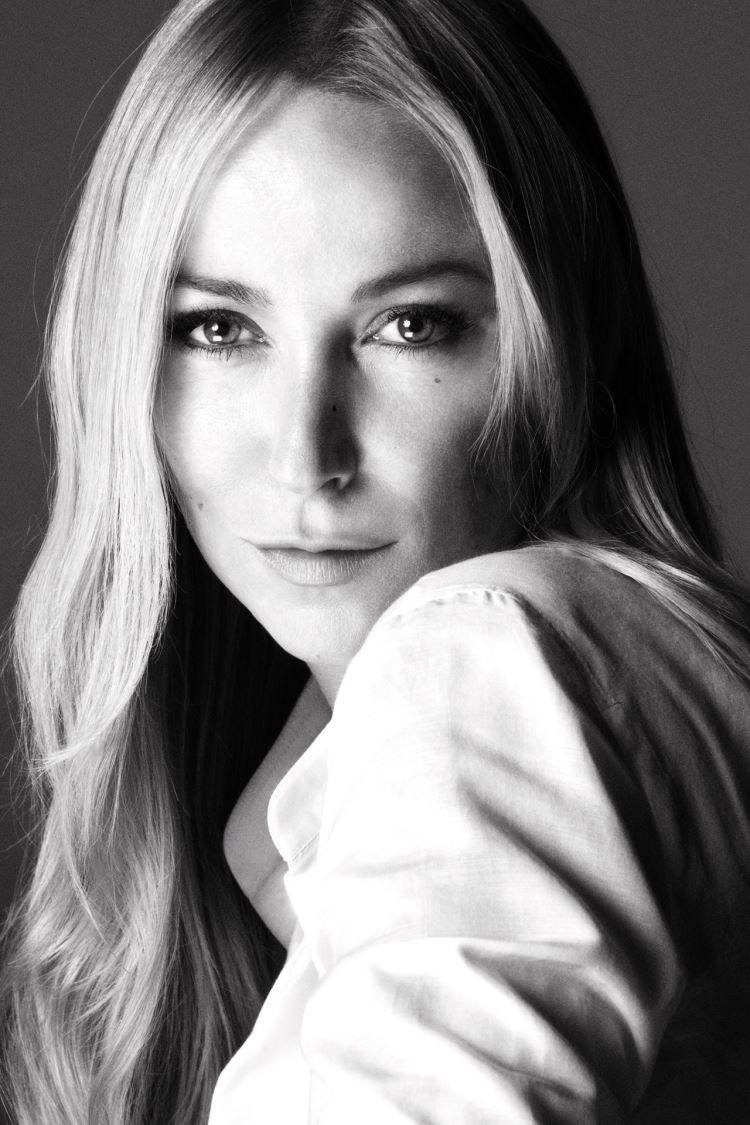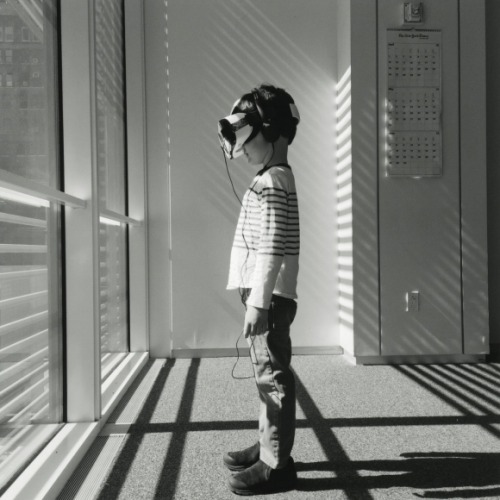#new york times
Here’s the most exciting assignment of my career thus far! I did an illustration for THE NEW YORK TIMES! It’s for an article about vacation photos and I think it’ll be in Sunday’s physical paper. So many thanks to AD Rodrigo Honeywell!
Post link






free britney. this situation completely breaks me to see. please watch the documentary “framing britney spears” on hulu or youtube, even if you arent a britney fan or dont listen to her music, it is still interesting and informative to watch.
britney never deserved this. this has gone on for way too long.
in addition, please share this post. we need to continue spreading the word abt britney’s conservatorship so she can soon get the justice she has rightly deserved for a very long time.
Megan Thee Stallion: Why I Speak Up for Black Women
“I’m not afraid of criticism, and “Protect Black women” should not be controversial.”

[Outtake] LDR by Kurt Iswarienko






Benedict Cumberbatch for The New York Times 2021
His eyes are communicating with your soul like he’s your soulmate
FromNew York Times bestselling author of the “twisty-mystery” (Vulture) novel In a Dark, Dark Wood, comes The Woman in Cabin 10, an equally suspenseful and haunting novel from Ruth Ware—this time, set at sea.
Learn more about The Woman in Cabin 10.
Post link
CW pregnancy
Illustration for New York Times parenting, for an article explaining pre-eclampsia, or dangerously high blood pressure during pregnancy.
Post link
R is for reveal!
Red carpet reveal: Sydney Sweeney transformed her #MetGala2022 look by removing her taffeta ball skirt to show off a corseted mini underneath.
Styled by Molly Dickson
Photo: New York Times Fashion
Post link
New York Times Book Review - Ten Best Books of 2016
Here is the cover piece I did for the NYT Book Review, featuring their picks for the “10 Best Books of 2016″. The concept I went for was “here is a bounty of reading”, presented like a classic still-life. I was sent the book jackets to use as reference, but had to arrange the still life using my own books. I took a lot of ref photos and also painted directly from a set-up in my studio. It came together quite nicely! I also painted a bit of extra leaves and berries for the interior.
The animation was its own challenge! I painstakingly drew each frame (using some of my own footage as ref), though I used the photoshop transform-tool to get the page text to look smooth(ish).
Thanks AD Matthew Dorfman!
Post link
New York Times: You’re both [Trevor Noah and Lupita Nyong’o] describing a world where you control your emotions. How about when your feelings get hurt or you feel jealous?
Trevor Noah: Then you work harder.
-from ”Lupita Nyong’o and Trevor Noah, and Their Meaningful Roles”
“Outrage is like a lot of other things that feel good but over time devour us from the inside out. And it’s even more insidious than most vices because we don’t even consciously acknowledge that it’s a pleasure.”
- As political cartoonist Tim Kreider put it in a New York Times op-ed


“Some people just know me as Hawkeye. Some people go a little deeper.”[x]
- Jeremy Renner for The New York Times (2021)
“Ghosthymn (after the Raft),” 2019-21, during its creation.
It references “The Raft of the Medusa” by Théodore Géricault but also “levels of precarity exposed by the pandemic and the embodied anxiety during those early months.”
By Julie Mehretu, in the New York Times
Post link
…And that was our first press. Came out before launch in the end, which was not a good idea. Invitation only! People wrote in! Lots!
Post link
Quote of the day: Frida Giannini
“I don’t wish to speak badly about the fashion world. I had great experiences and met wonderful people, but it’s very different now to what it was four years ago. There are a lot of D.J.s and fewer designers. I don’t know if I could be part of that world anymore.”
FormerGucci creative director Frida Giannini in a ‘where are they now’ article, New York Times. I’d love to read an honest account…
Here’s a piece I did about the Indian Point nuclear power station for today’s New York Times. Thanks to AD Nathan Huang
Amazing illustration by artist Noah Frase for the New York Times!.
Post link

At this point in its history, Marvel isn’t known for tinkering with its proven superhero formula. And yet “Moon Knight,” the studio’s current Disney+ series, has taken some unexpected chances.
Its debut episode introduced Steven Grant, a maladroit museum gift-shop clerk with a dodgy British accent, played by Oscar Isaac. Isaac also plays Marc Spector, a grizzled American mercenary who shares the same body with Grant — and who is also Moon Knight, the crime-fighting avatar of an ancient Egyptian deity.
As the story of “Moon Knight” has revealed, Spector has had dissociative identity disorder, or D.I.D., since childhood, and Grant is an alternate identity he created to shield himself from trauma and abuse.

“Moon Knight” was a risk for Isaac, too, even though his résumé already includes some of the biggest fantasy franchises Hollywood has produced. While he has made a whole career of projects that are many orders of magnitude smaller — performing “Hamlet”and“Romeo and Juliet” for the Public Theater and starring in intimate dramas like “The Card Counter”and“Scenes From a Marriage” — he has also been featured in film series like “Star Wars”and“X-Men.” Those blockbusters elevated Isaac to greater levels of recognition, but the grueling work they require and lack of input they typically allow made him hesitant when Marvel sought him for “Moon Knight.”
As Isaac, 43, explained in a video interview last week, the pleasure of “Moon Knight” was getting to explore the title character in a way that felt right to him, even if his approach did not always fit the Marvel mold.

Whether Moon Knight moves on to his own movie or a superteam like the Avengers “doesn’t matter so much,” Isaac said from the offices of the production company that he and his wife, the writer-director Elvira Lind, operate in Brooklyn.
“It’s a new character that we’re taking a chance on,” he said. “The nature of the story is this investigation, this slow-reveal mystery.”
“If it goes somewhere else, that’s great,” he added. “I’m glad it’s not just an advertisement for synergy.”
Ahead of the “Moon Knight” finale on Wednesday, Isaac spoke about the making of the series, of which he is also an executive producer. He also spoke about the unexpected oscillations of his career and about working for Disney while the company weathers a political firestorm. These are edited excerpts from that conversation.
Do you get two paychecks for playing two roles on “Moon Knight”?
I should, man. It’s funny because that’s what I was apprehensive about: I didn’t want it to feel like this masturbatory thing. When I started off, I was very adamant that I didn’t want to do the gimmicky, switching back and forth, Jekyll and Hyde part of it. I really segregated Marc and Steven, even asked if we could shoot them on different days. Just do it through reflections and don’t ask me to put on a different hat.

Some actors say they accept immediately when Marvel comes calling, but you didn’t. Why not?
I wasn’t, at that point, super eager to jump into a big production. I wanted to fall in love with acting again. I was a bit tired. I’ve got two young kids, and I was ready to take a step back, do smaller films that weren’t as big of a commitment. When this came, my immediate sense was, ugh, this is bad timing.
As a comics fan, did you feel like you were getting a B- or C-list character foisted on you?
Yeah, they’re pretty much down to the dregs. Although people said that for Iron Man, too — then it changes cinema forever and what an amazing performance that was. Part of the attraction was its obscurity, to be honest.
What were your inspirations for how you play Steven Grant?
It’s an homage to the things I love, like Peter Sellersandthe British “Office”and“Stath Lets Flats”andKarl Pilkington. I was also watching “Love on the Spectrum” — these people are going on these dates, who are autistic, who are feeling all the same things that we all would feel, but they haven’t developed these masks to hide it all. It’s all out there in the open. There was something I found so moving about that. I started doing the character at home, and my kids were asking me to do him all the time
You spoke of feeling burned out on big-budget projects. When did you start experiencing that?
Toward the middle to end of the run on “Star Wars.” The commitment of time was such a long one, and the windows of availability were very specific. I started to get hungry for those character studies and working with those great directors.
You had worked professionally as an actor for several years and had some prominent theater roles. But did you find that big-budget films gave you some breakthrough opportunities?
There were a few supporting performances that gave me the opportunity to do really different characters on these big stages, like “Robin Hood”and“Sucker Punch.” What was fun was that nobody had any idea who I was. I played the King of England in “Robin Hood,” and nobody had a problem with that. Now that I’m more known, suddenly it’s like, can he play English? Should he play English? In this age, we know everything about everybody, and of course people have a problem with suspension of disbelief.

So as a Juilliard alumnus and a veteran Shakespeare performer, you didn’t think these types of films were somehow beneath you?
No, I didn’t feel like that. I wanted to make a living as an actor. I didn’t have the luxury of ethics; I didn’t have the luxury of integrity. [Laughs.] I felt like I could bring my point of view to whatever came my way. Early on, I was like, “If I had the one shot, I could prove …” And then I would get a chance, it would come and it would go, and I would realize, Oh! I guess I need another shot now. After a while, it was clear the only thing you can control is your craft and staying curious, and exercising that craft in whatever comes your way that you think is good.
Did starring in “Inside Llewyn Davis” feel like one of those opportunities for you?
That was completely life-altering in every single way. That was my first lead role. It was a Coen brothers movie. I played music. I still can’t believe that happened. I wanted it so badly and just worked my ass off beforehand. It was the serendipity of the moment that I did what I intended to do and the Coens took the risk on someone relatively unknown.
Was it strange that it led to even more fantasy franchise roles? Like, this is what they think of me?
I’ve been doing it long enough to know that there’s no “they” — it’s just people trying to make movies, whether they’re on a huge scale or a small scale. J.J. [Abrams] wanted to meet me [for “The Force Awakens”] while I was still shooting “A Most Violent Year.” I remember because Albert Brooks [his co-star on “A Most Violent Year”] left me a really funny message pretending to be J.J. before I went to go meet J.J. You take a leap of faith. And sure, had I not done that, perhaps I would have been available for some other thing that would have come my way. But no one ever knows.
You got an earlier shot at comic-book adaptations with “X-Men: Apocalypse.” It wasn’t well received, though I think it gets a bad rap. Is that a role you’ve disowned?
No, I don’t disown it. I know exactly what I went in there wanting to do and the reasons why. There were these amazing actors involved that I really wanted to work with, [James] McAvoy and [Michael] Fassbender and Jennifer Lawrence. I collected X-Men growing up, and I loved Apocalypse, I just found him such a freaky, weird character. And then you get there and you’re like, Oh my God, I’ve got all these prosthetics on. I’ve got a suit on. I can’t move. I can’t see anybody. All these actors I wanted to work with — I can’t even see who they are. I still think back to that time with fondness. I wish it would have been a better film and that they would have taken care of the character a little better, but those are the risks.
Would you count your time making “Dune” with Denis Villeneuve as one of your typical franchise film experiences?
Denis was the reason to do that. When he came to me, he actually didn’t have a role in mind for me yet. He was like, “I’m doing ‘Dune,’ are you interested? What role is interesting to you?” We decided it was Leto. It was challenging to be a very specific sound in a big symphony.
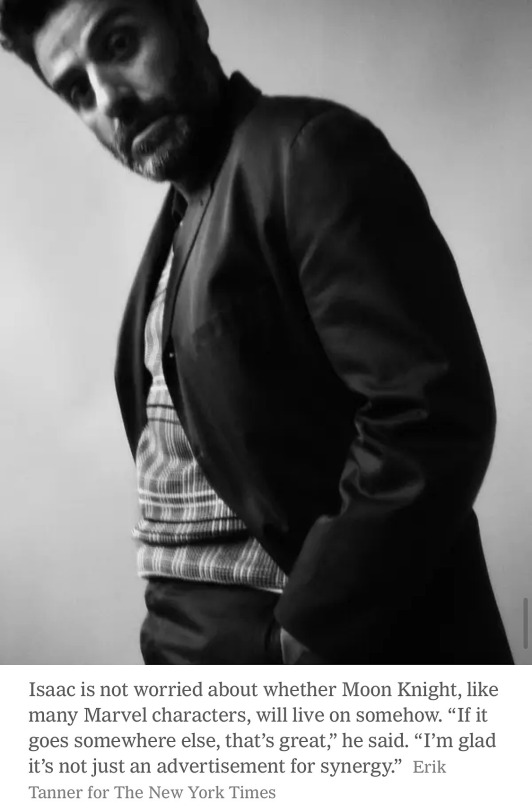
And you knew, going in, that it’s a character with a limited life span?
Yes, that was part of the attraction.
Was “Star Wars” your closest frame of reference when Marvel sought you for “Moon Knight”? Was that what made you wary?
They are such big, huge films. As fun as they can be, you’re outputting a lot of energy and then you leave and you’re just exhausted. That was part of the fear. I didn’t anticipate how much creative flexibility there was going to be — how much energy it gave me back.
How so?
Once Mohamed [Diab, a director on “Moon Knight”] and I started talking about what it could be if we could put our lens on it, we were like, it’s way more important that we’re true to D.I.D. than to some kind of comic-book back story. When you do the research on what causes D.I.D., it’s not like one thing. It’s not, you watched something horrible happen and suddenly you break out into all these different personalities. It’s from sustained trauma and abuse over time. This is a survival mechanism that clicks into place for someone who’s experiencing that. That they’re able to fracture their mind to survive it is kind of astounding.
For much of the series, Marc and Steven would interact in discreet ways, like talking to each other in a mirror’s reflection. How did you handle the sequences we saw in last week’s episode, where the two were often standing side-by-side?
I had my brother, Michael [the actor Michael Benjamin Hernandez], who is a great actor and shares my DNA, stand in as my alter. Other times, it was a huge challenge technically as sometimes, especially in the wide shots, I’d have to act with no one and remember the blocking I had done as the other character and respond to the lines being fed to me in an earpiece I wore.
Was D.I.D. a subject you knew about before making “Moon Knight”?
I didn’t. I had just done “The Card Counter,” which was all about trauma and living with P.T.S.D. I had been doing some research into that, and there was something that felt organic about seeing what’s on the other end of the spectrum.
Does “Moon Knight” speak to why stories about alternate identities and multiverses are becoming increasingly popular?
We live in a post-reality world. Things used to feel a lot clearer, and now they’re not. Nothing can be true or authentic anymore, and I think that’s being reflected in a lot of our popular culture.
You’re a prominent ambassador of Disney’s brand at a time when the company is experiencing conservative backlashandpolitical retributionforits opposition to Florida’s “Parental Rights in Education” law, which its critics call “Don’t Say Gay.” Is this something you feel a personal investment in, and does that backlash affect you individually?
No, I’m not experiencing that. I’m not on social media, so luckily, if that is coming my way, I’m ignorant of it. But everything has a political undercurrent at the moment. Disney was forced to take a stand, and I’m glad that they took the right stand there. Sometimes silence or neutrality is just not going to work. It’s astounding to watch a vindictive politician try to own the libs. I grew up in Florida, and I recognize how dysfunctional the state is. But it’s an interesting time where everything is parsed, and if Disney is going to own so much of the entertainment industry, they’ve got to expect to come up against some tough decisions.
Are these the kinds of considerations you’re going to have to make now whenever you work for a major studio?
I’d rather not. [Laughs.] That’s going to require me to do a whole lot of research beforehand that I’d rather not do. I’d rather spend that time figuring out a good character.
There has to be some conscientiousness about it, but at the same time, you’re also trying to make a living and you’re trying to live in the world. I just want to make good stuff and hopefully try to do it in a responsible way.
###







Il materiale di origine: Oscar Isaac photographed by Erik Tanner for The New York Times. (2022)
Kathy Ryan, 10:12 a.m., April 18, 2015, courtesy Howard Greenberg Gallery, New York
Exhibition through June 18, 2016 at Howard Greenberg Gallery, Paris Fair Exhibitor
41 East 57th Street, Suite 1406, 10022 New York
[email protected]
T +1 212 33 40 010
www.howardgreenberg.com
Howard Greenberg Gallery is pleased to present an exhibition of photographs shot from inside the New York Times building by Kathy Ryan. “Office Romance” is the artist’s debut show. Ryan is the longtime director of photography at The New York Times Magazine.
Read more at www.parisphoto.com/agenda/kathy-ryan
Post link

If you’re interested in international education, there’s a good chance you’ve read or heard of the New York Times’ recent article, ‘Study Abroad’s Seven Deadly Sins.’
I have been ruminating on the article since I read it. Is the author being flippant? Or does he genuinely mean to use that tone? It reads as a stuffy intellectual’s chide to some empty-headed young students, at whom he turns up his nose, self-assured of his superiority.
“A foreign country isn’t the place for a childish 20-year-old to grow up, especially when representing an American university.”
It’s this, right here, that I can’t let go of. We are consistently told that our college years are some of the most formative of our young adult lives: the experiences we have there, the choices we make, and the people we meet all remain with us, shaping the paths that we continue on. So, you know, isn’t it a good thing if we grow up (at least partially) in a place where we are forced to be more independent, are out of our comfort zones, and where we are exposed to new ways of thinking and behaving?
Let’s think about that. The oh-so-alliterative deadly sins? Slide courses, suds, sexual fervidity, shopping, self-segregation, smartphones, and selfie-taking.
I agree with the sentiment that the more you try to get out of your experience–that is, the more ‘mature’ you are about your goals and your actions–then yes, the more you’re going to get out of it. You’ll be able to reflect more clearly, be a better representative of your home country, and you’ll expose yourself to different values, beliefs, behaviors, and priorities. But is there anything wrong with being a bit immature about it? And are these ‘sins’ wholly wrong?
1. Slide courses
Strictly speaking, the experience of study abroad has to include the former part of the phrase. I think you should always ascertain the academic quality of your program provider or host institution before making a decision, but I also don’t think there’s anything wrong with taking easy classes. Easier classes mean less time studying or completing work and more time traveling, making social connections, and learning outside of the classroom. I didn’t take ‘slide courses’–I directly enrolled in major level classes–but taking fewer credits gave me those opportunities, and helped me learn to stress a little less about academics. I mean, really, I’m a big ol’ nerd that still sometimes determines my overall success and self-worth by my academic success, and it was while abroad that my priorities shifted and I learned to question that assumption. (And in case you’re thinking I just stopped caring and am using this as an excuse, I still feel the need to defend my academic calibre by pointing out that I graduated with honors from my undergraduate double major and with distinction from my master’s degree. But I also learned that that’s not all that matters.)
2. Suds
For sure, if you drink every single night, spending all your money on alcohol, forgoing other experiences in favor of a night out, and showing up to all your classes hungover, you’re not only wasting your time abroad, but you might also have a serious problem. This article, though, approaches drinking as if it shouldn’t even be touched. As if students aren’t drinking in their home universities! As if local students aren’t drinking at their universities! Drinking abroad was my first time legally drinking, and I definitely spent a good number of Glaswegian afternoons hungover in bed learning the hard way what ‘too much’ meant. But going out, even drinking too much, was a learning experience, and it greatly facilitated socializing with my fellow students, American or otherwise. My archery club was sponsored by a pub, and one of the university’s several bars was always the cheap place to meet up with other students. My experience isn’t unique either. Even if I chose not to drink, as plenty of people did, I wouldn’t have wanted to miss out on those nights where I got to know the people who are some of my best friends now (and even one who’s my husband…). Which brings me to:
3. Sexual Fervidity
This one annoys me perhaps more than any of the others, mostly because I fail to see how having sex with people stops you from having a positive and engaging study abroad experience. Again, it’s not like people don’t have sex at American universities…! These students are adults and are completely allowed to have consensual sex with as many people as they want. Or as few. Whatever, who cares? This doesn’t read to me anything as more than a bitter comment about the state of millennials’ relationships these days. Honestly, my biggest study abroad regret was that I didn’t break off my then relationship before I left, because it kept me tethered and choked my freedom, which includes my sexual freedom, whether I was planning on having sex with one, ten, or zero people. Eventually, I did start seeing someone abroad, and I really don’t think it affected my ability to experience my host culture, learn about local heritage, go to class, travel to new places, make friends, or get involved on campus–I still did all those things!
4. Shopping
I had never even considered that this was a problem. I’m not convinced it is. I haven’t seen people spend all their time shopping or get distracted by buying tons of souvenirs, despite my few years abroad and working with international students and in study abroad. Just because I haven’t seen it happen doesn’t mean it doesn’t happen, absolutely. But I’m just a little hesitant about believing it happens based on a vague personal story. Still I come back to the question–does this really detract from the experience? Shopping is a minimal part of everything a study abroad student gets up to, “when not drinking or looking for sex,” and it could even be seen as a positive. For example, if you’re studying fashion abroad, surely it’s not a bad thing to peruse local designers. I always wanted to show my fashionista friend around Glasgow’s thriving thrift shops and take her through its Style Mile, because I think she’d genuinely get a lot out of it. (Buchanan Street is also a great place to hang out and people-watch, by the way.)
5. Self-segregation
This is the only point in the article with which I have next to no issue. At my home University of Iowa, this is always a point of discussion when it comes to the international student population. It’s the same abroad. Of course you should always try to step outside of your comfort zone, and that definitely means hanging out with more than just other nationals. ‘Island’ programs in particular can make that difficult, where American students take classes with other American students and an American professor, and I do think this is something students need to avoid in order to immerse themselves more fully. You’re unlikely to expose yourself to new ways of thinking if you only ever speak to people in the same boat and from the same place as you. On the flip side, however, having my fellow study abroad friends really helped when I wanted to travel: they’re there to travel, too!
6. Smartphones
Sorry, is this another millennial complaint? It’s a trend to point out how glued people are to their phones, missing out on experiences because they’re looking at a screen. It’s valid, to an extent, but just having smartphones does not mean students are wasting their time abroad. Consider how many uses they have. Have a decent camera phone? Now there’s no need to carry a camera with you, too. Lost? Wifi or 4G + GPS could be a lifesaver. Real time updates on flight changes, anyone? Maybe you find out about an event from a facebook invite while on the go, and you head there instead of home. I’ve used my phone to transfer money from one account to another when I realized I couldn’t access a particular bank account. “If I ruled the world, no student abroad would be allowed a smartphone.” Oh, give me a break! I had a £10 flip phone while I was studying abroad. I got along fine with it, but it would have been really useful to have had a smartphone instead. At one point, I lost a printed bus ticket and ended up on the bus that day because my friend was able to use her smartphone to access my confirmation email in lieu of the ticket. I should have kept better watch of my ticket, but accidents happen. Her smartphone then made few other appearances on our weekend trip through the highlands. The problem is overuse, not the use entirely.
7. Selfie taking
This is an unsurprising complaint, and not without some foundation. If you take selfies everywhere, you’re likely wasting time; if you go somewhere and snap a shot of yourself without taking any of the location in, you’re not really experiencing it. And without a doubt, you should not be doing offensive and dangerous things full stop, let alone just for a photo op. I personally find it really annoying when people insist on retaking photo after photo somewhere, though I’m sure I am that annoying person sometimes. I do, however, greatly value being able to look back at photos of myself and friends traveling, hiking, at the pub, wherever. Those selfies show times when I was really happy; they’re snapshots of the experiences I had, and they bring those memories more freshly to mind. We’ve always done some version of the ‘selfie,’ and it’s usually to try to capture a memory, feeling, or experience, isn’t it? That’s no bad thing.
Supposedly, if we grow up before we go abroad, then we won’t fall prey to these sins, which ruin any given person’s study abroad experience and make us all look bad. Exactly when and where are we all supposed to grow up, other than not abroad and not while we’re “childish" twenty-somethings? I suspect that growing up is a process that does not actually end, so I don’t expect there is an answer to that. And I don’t think students need to grow up before they go abroad.
I say: be immature. Make a fool of yourself, and then be a better example. Question your priorities, and question your values. Learn from your mistakes. Have both a wild night out and an informative museum visit, without denying yourself the possibility that both of those things allow you to experience life more fully. Strive to open yourself to new experiences and give back positively. Ignore everything I’ve written, if you want. For study abroad and in a much wider sense, your experiences are for youto have. Don’t let someone else tell you what your process of self growth should be.



